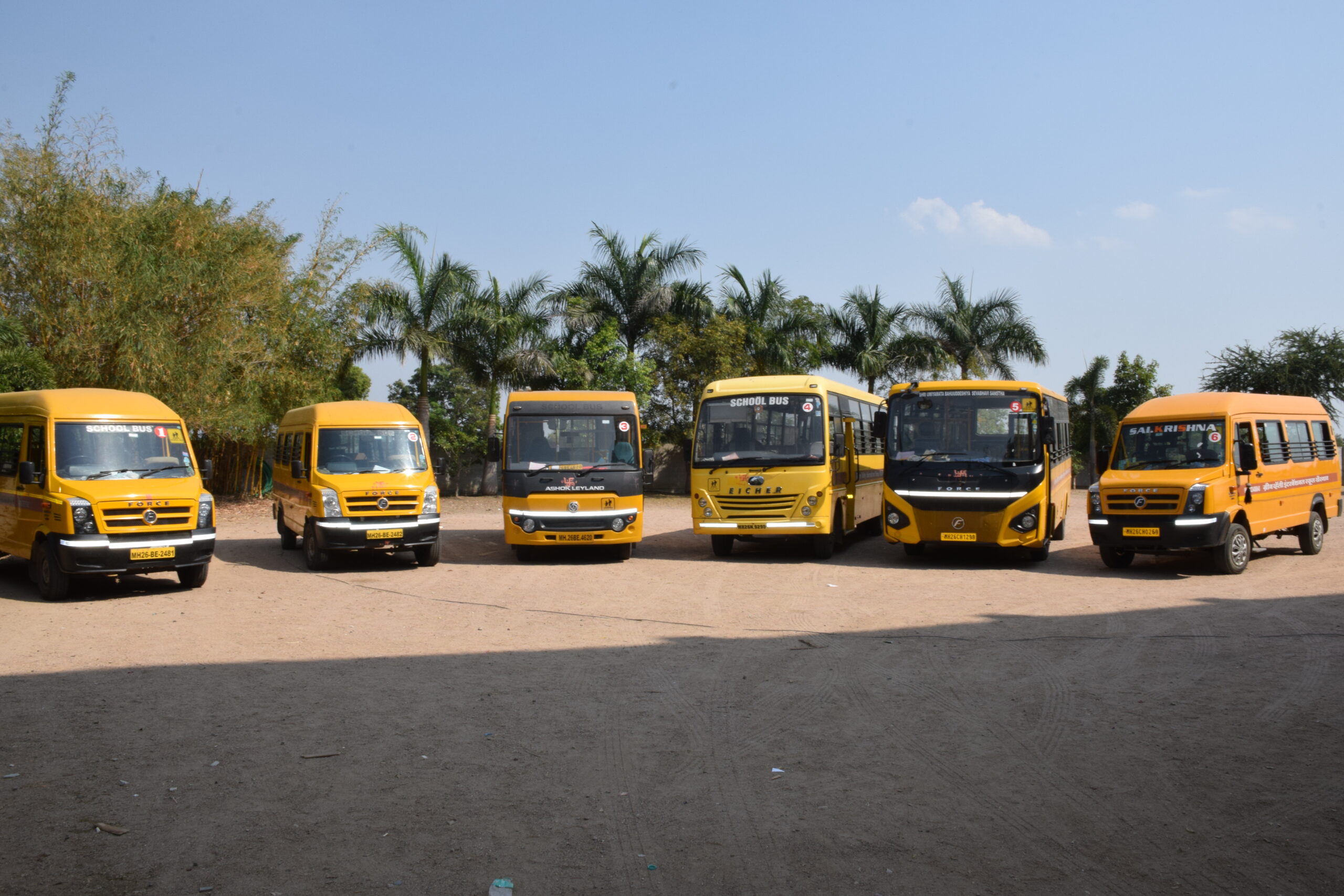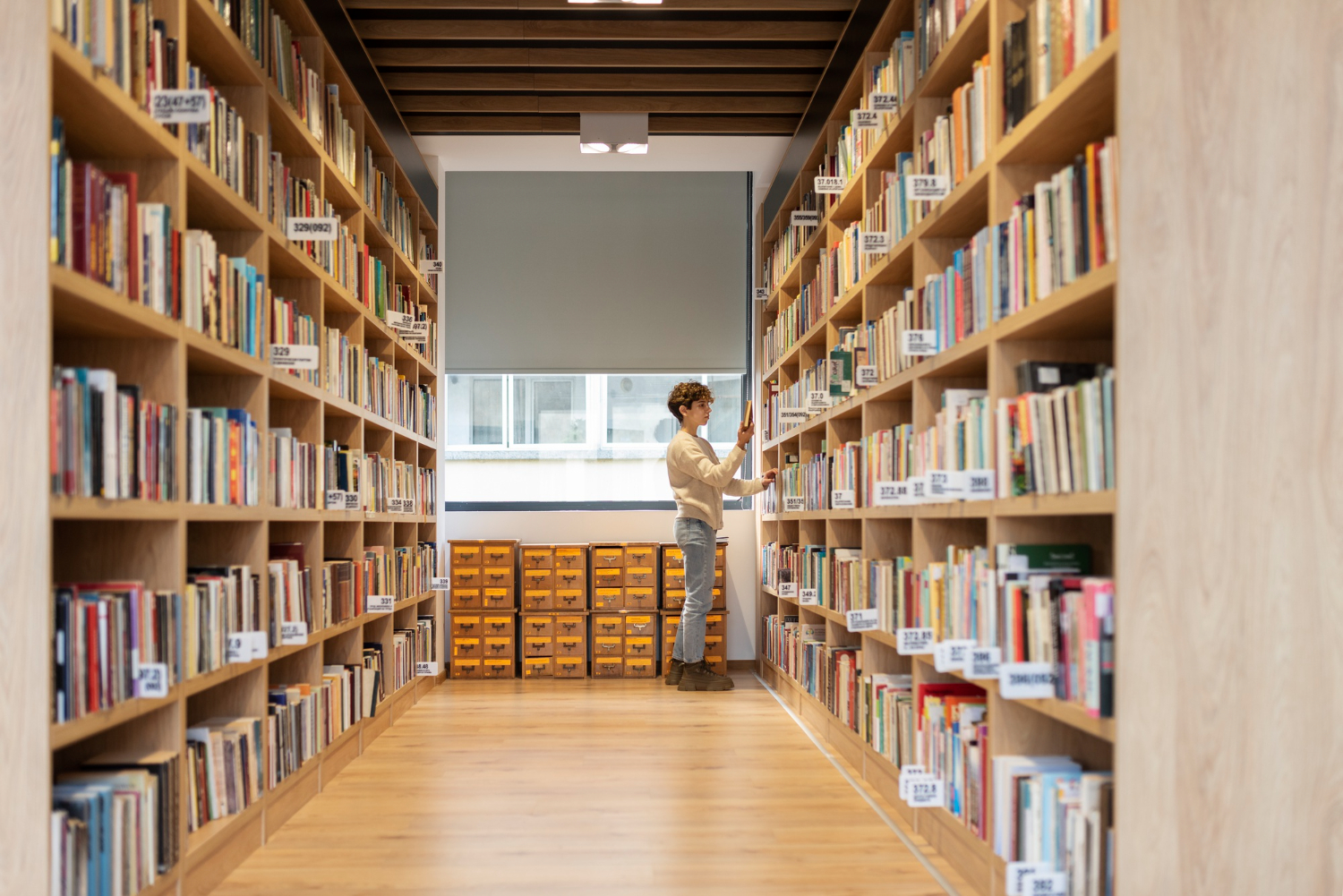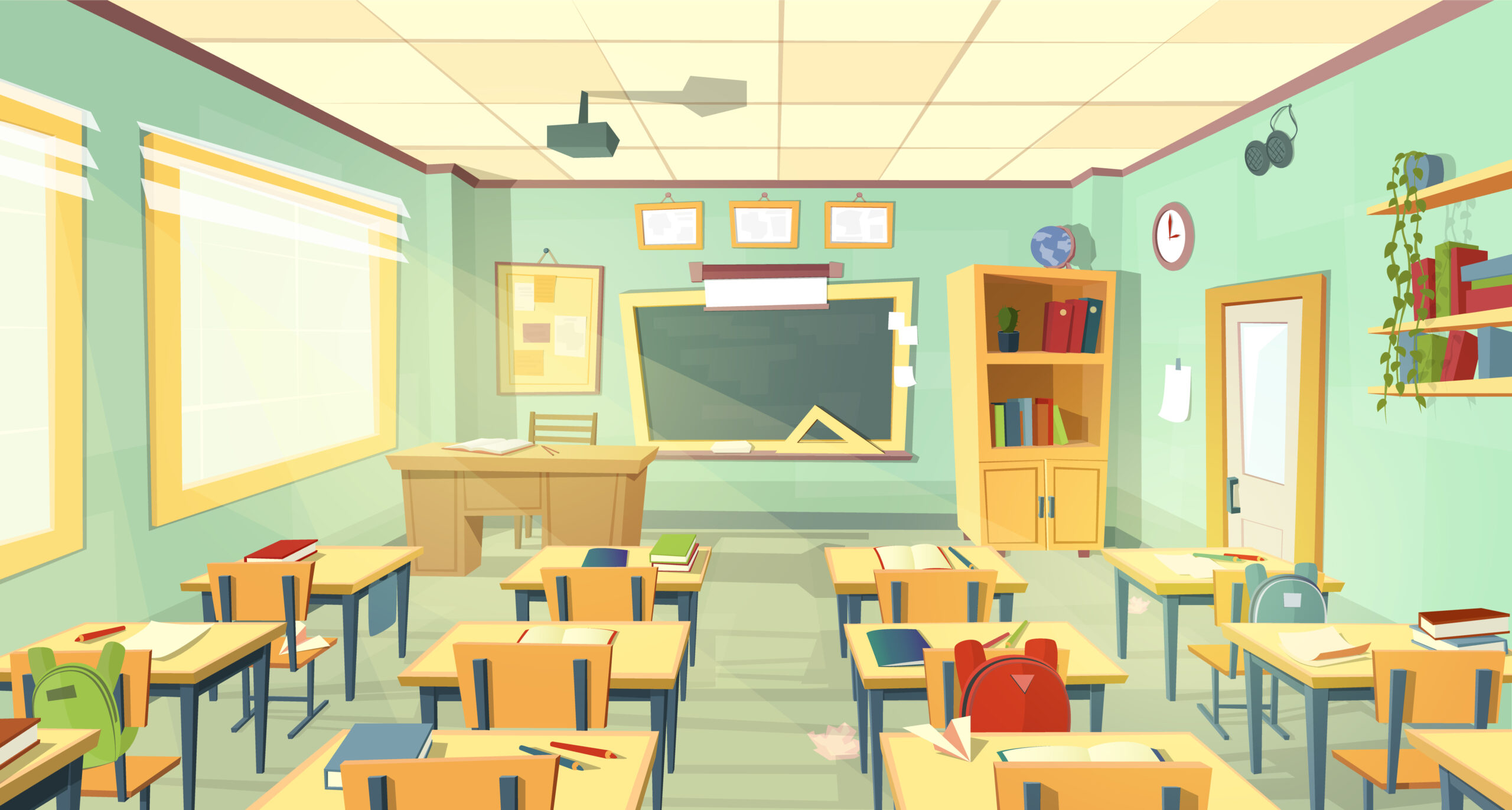
Transport
Choosing the right transportation option for school requires balancing safety, cost, convenience, and environmental considerations. Parents and schools must work together to ensure that students have access to reliable and safe transportation options.
School bus transportation services are essential for ensuring that students start their day on the right foot, offering a safe, reliable, and convenient way to get to and from school. These services prioritize safety, with every journey carefully managed to ensure that children arrive at school and return home securely. By taking the stress out of morning commutes, school bus services give parents peace of mind, knowing their children are in trusted hands. Additionally, these services help build a sense of community, as students travel together, fostering friendships and connections along the way. With a focus on punctuality and consistency, school bus transportation ensures that students are always on time, ready to learn, and contributing to a greener environment by reducing the number of individual car trips.

Medical Camp
A medical camp in a school is a valuable initiative that promotes the health and well-being of students while engaging the broader community. By carefully planning, organizing, and following up on the camp, schools can ensure that students receive the care and education they need to thrive both academically and physically.
Medical camps in schools play a vital role in promoting health and wellness among students. They empower young minds by ensuring access to essential healthcare, fostering healthier futures. These camps also strengthen community bonds by providing care and support to every student, making health a priority right where it matters most. They are instrumental in raising awareness about prevention and encouraging informed health decisions, safeguarding students’ well-being today for a brighter tomorrow. Accessible and convenient, school medical camps bring quality care directly to students, encouraging participation and making health education a cornerstone of their growth.

Sport
A well-designed and maintained school sports facility enhances students' physical education experience, encourages participation in sports, and supports the overall well-being of the school community. Whether you're planning new facilities or maintaining existing ones, prioritizing safety, accessibility, and sustainability will ensure a positive impact on students and the broader community.
Sports also boost self-esteem and confidence, as students learn to set goals, face challenges, and celebrate their achievements. Moreover, regular participation in sports promotes a healthy lifestyle, encouraging students to maintain physical activity as a lifelong habit. By balancing academics with athletics, schools create well-rounded individuals prepared to tackle the diverse challenges of life with determination and a positive attitude.

Computer Lab
A well-planned and maintained computer lab is a vital resource in any school, providing students with the tools they need to succeed in an increasingly digital world. By focusing on infrastructure, security, educational integration, and sustainability, schools can create a facility that enhances learning and prepares students for future challenges.
Computer labs in schools are pivotal in preparing students for the digital age, providing them with the tools and skills necessary to thrive in a technology-driven world. These labs offer students hands-on experience with computers and various software, enhancing their learning through interactive and engaging methods. By integrating technology into education, computer labs help students develop critical thinking, problem-solving abilities, and digital literacy, which are essential in today’s fast-paced environment. Furthermore, they offer a space for creativity and innovation, allowing students to explore coding, design, and other tech-related fields that can spark interest in future careers.

Library
A school library is much more than a place to store books; it is a dynamic learning environment that supports students' educational and personal development. By carefully planning the space, curating a diverse collection, integrating technology, and fostering a positive reading culture, schools can create a library that is a vital and beloved part of the school community.
The school library is a cornerstone of academic life, serving as a gateway to knowledge, creativity, and lifelong learning. It is a space where students can explore a world of ideas, discovering new interests and expanding their horizons through books, digital resources, and research materials. A well-equipped library fosters a love for reading and learning, encouraging students to develop critical thinking and independent study skills. It also supports the curriculum by providing resources that complement classroom instruction, helping students deepen their understanding of various subjects.

Classrooms
The classroom is the heart of the school, where the foundations of knowledge, character, and personal growth are laid. It is a dynamic environment where students engage in active learning, collaborate with peers, and develop critical thinking skills under the guidance of dedicated educators. Classrooms are more than just spaces for instruction; they are hubs of creativity, discussion, and exploration, where students are encouraged to ask questions, express ideas, and think independently. The interaction and collaboration that occur within the classroom foster a sense of community, helping students build relationships and learn the value of teamwork and respect for diverse perspectives.
